Do you want to know how to write a successful resume that will set you apart from the competition? If so, follow the steps outlined below.
Before we get into the guidelines, do you know why you should write a resume? You may have an idea but not know what it is for.
We will discuss:
- What is a resume?
- The Information You Need Handy While Make a Resume
- Writing Style for Resume
- Points that you need to consider while making a hard copy resume
- Things that you should never use and include in your resume
What is a Resume?
Your resume is merely a tactical marketing document designed to entice an employer to contact you for an interview.
The Information You Need Handy While Make a Resume
- Remember that the right mental preparation is a must for writing a resume.
- Organize all the relevant information and make a check-list of things to be included such as work history, accomplishments, traits that make you stand out from others.
- Resume plays a key role in getting you a job, be it in private or government sector.
- While writing a resume, you must put yourself in the employer’s shoes. You should have a very precise objective in mind.
- Your resume should be written for a specific type of job that you target. This will make it pretty easy for you to write a resume that includes skills that the job demands, while making you look like the most prominent contender for the job.
- Make sure that everything you write in the resume should be true and can take you to the desired career.
- A powerful cover letter is a vital part of resume, as it highlights the most striking parts of your resume that are important to your targeted employer. Since many people do not do the cover letter, doing so, can set your resume apart, as it communicates why you are different, and enhance the employers interest in your resume.
Writing Style for Resume
- Keeping all the above principles in mind, you also need to write a resume in a particular style.
- Many of these style points will not apply to resumes that are submitted electronically to job boards, as they force you to squeeze your information into a specific, impersonal electronic format. And because of these things also it is more important to write your resume using the above principles, and then format it specifically for electronic submission.
- It is always safer to use both electronic and paper formats for resume whenever possible. Always send a hard copy resume printed on a quality paper in a matching envelope, directly to the company where you are seeking a job.
- If you are in contact with someone employed there ready to help you, than you can reference to that person in the cover letter.
If a known person receives your resume and thinks it’s good, they’ll forward it to the appropriate department and person. You must always deliver what the company requires; if the company requires you to follow their electronic submission guidelines, do so; however, by sending a printed resume, you may have already established your image as a person who takes initiative. The best thing you can do is submit both an electronic and a paper version if possible.
Points that you need to consider while making a hard copy resume:
- Job objective (Briefly describe what you want to achieve)
- Experience (your current and previous work experience in chronological order)
- Accomplishments (your achievements during your work life)
- Capabilities (the skills you own and are best at)
- Education (your college, schools, and intern ship)
For a great resume, all you need to do is to format all these components in such a way so they fit your personal experience. Usually, writing job experience in a chronological format is preferred if you have an uninterrupted employment. It is best to highlight your accomplishments and capabilities first, and then an experience summary, if you have interruptions in your work experience.
Throughout the resume, you must be specific, including brief, quantifiable, and concrete information, especially when defining the accomplishment summary.
I would recommend that you use action verbs whenever possible, as well as easy-to-read fonts, white space to draw the reader’s attention, correct grammar and spell check your document before finalising it, a bullet format to highlight your outstanding achievements, and small blocks of text.
Things that you should never use and include in your resume:
Make sure not to use or include cheap quality paper, bright coloured paper (it is always good to light colour paper for resume), very small fonts, typos, multiple fonts, salary expectations, and reasons for leaving last job.
Learning how to write a resume is not a rocket science. A good resume can give you an edge over your competition that take you a step closer to that job you’ve always desired for.
Bottom Line
I hope this article will give you some ideas that help improve your resume. If you are not able to write your resume by self, than you may hire a professional writer for writing your resume. No matter how you do it, but be ready to draw out your unique skills, experience, abilities and achievements into paper to reach your career goals.



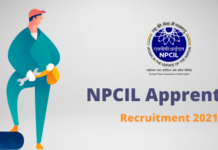
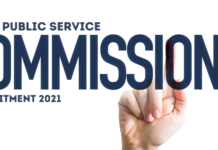



















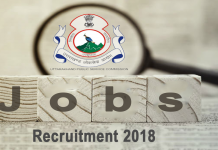
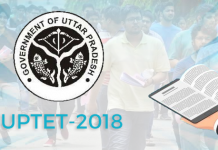







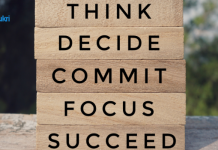



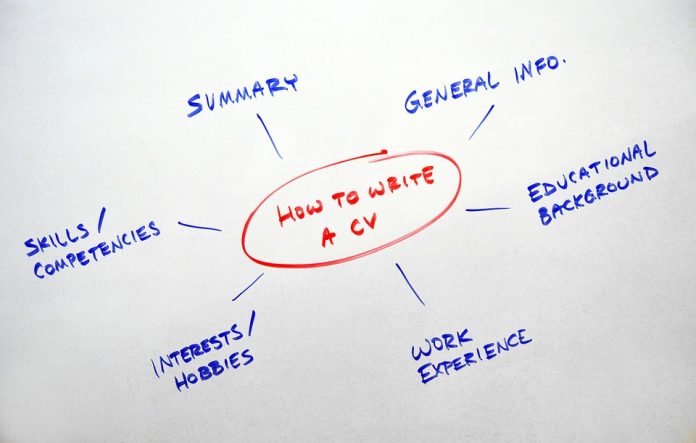






[…] in first two pile then there is a chance that you may hear from the hiring managers. But if after rewriting and updating your resume diligently on job portals you are not getting the calls from recruiters then your resume is most […]
[…] professional resume conveys your first impression to the employer. So, it is essential to create a professional resumes that will leaves a good and long lasting impression on the […]